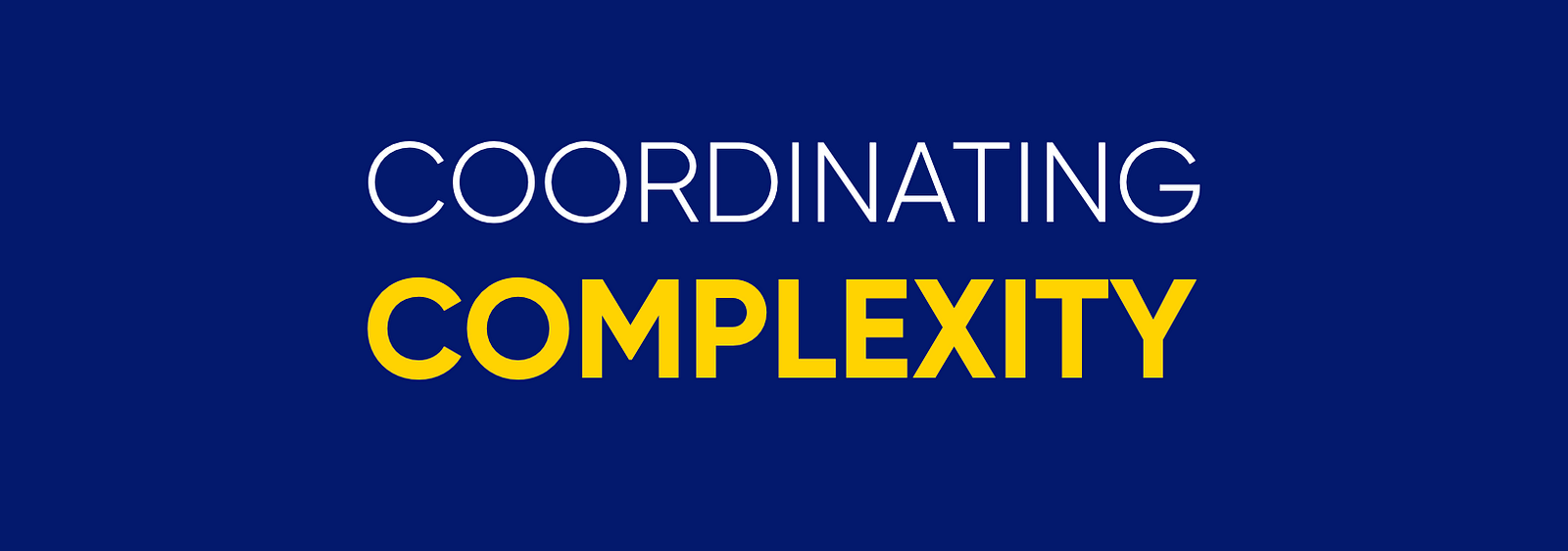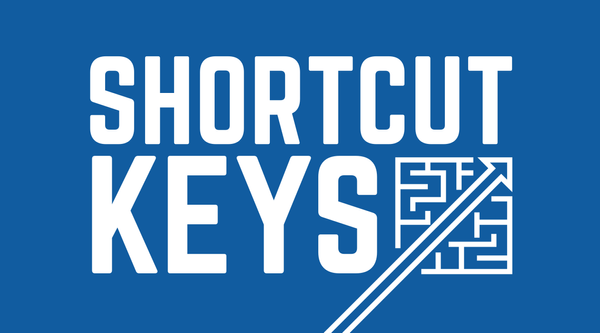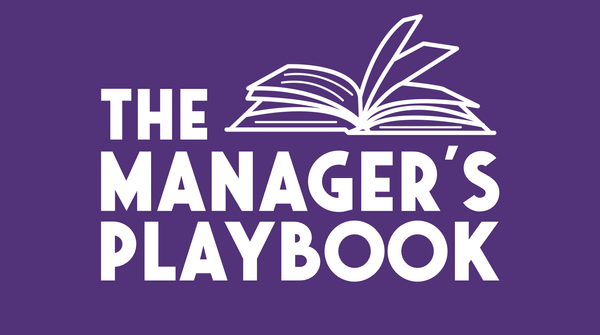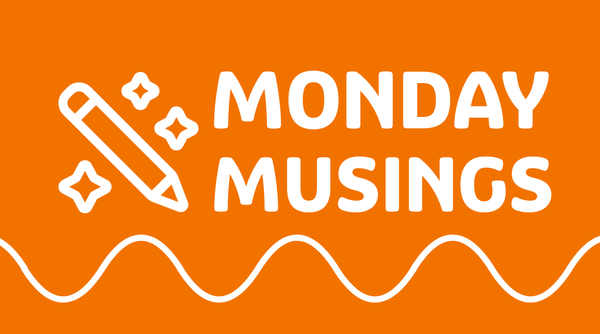The Art of Communication Design: Intro
In this blog post series, Melinda Seckington explores how to be intentional with how you communicate. In this post we look at what communication is, and how we want to coordinate complexity to increase understanding.

In this blog post series, Melinda Seckington explores how to be intentional with how you communicate, how to consider different communication channels, audiences and preferences, and how to design a communication plan.
This is the 1st post in this series. Check out the entire series:
- Part 1: Intro
- Part 2: Define Your Goals
- Part 3: Identify Your Audience
- Part 4: Design Your Comms Plan
- Part 5: Design Each Message
Last month I gave this talk at DevRelCon London. This blog post series is a slightly adapted version of my speaker notes, so that it’s split out across multiple posts and hopefully reads better as articles. If you prefer watching videos, check out the talk on the DevRelCon YouTube channel.
Communication is something that we all do on a daily basis and most of us know that there are times where we could have communicated better.
We communicate in so many different ways, in so many different channels. We send emails and slack messages. We have face to face meetings and 1:1s. We do presentations, workshops and demos. But beyond that we also have so many different people that we want to communicate with: there’s lots of different languages, different cultures, different backgrounds. And there are different ways of perceiving and interpreting messages.
Sometimes you need to take the time to understand what it is you want to get across, so that you can design whether it will have the right impact.
What is communication?
Let’s take a step back and look at what communication is:
Communication:
the imparting or exchanging of information by speaking, writing, or using some other medium.
In most cases, we define communicating as a way to impart or exchange information through some type of medium.
So how do we enable a more effective exchange of information?
We need to be able to be more deliberate, more intentional with what we’re communicating to allow that exchange.

Coordinating complexity
The way I’ve applied this to my own work has often been when we know we have something tricky or complex to communicate, where we know we need to take a step back and consider how do we want to do this. Things that require more than an off the cuff email.
The scope and size of these comms can vary a lot though. On one side of the spectrum you’ll have bigger events, like rolling out a new process/service/product/initiative, where the complexity in communication comes from coordinating the different types of messages you need to send in the lead up to an event. Depending on your context, you might be using different channels or speaking to different audiences, where the coordination needs to happen over weeks or months.
On the other side, you may have comms with a quick turnaround like internal team or strategy changes. You might only have a week to do the actual comms, but the complexity comes in planning who needs to know, maybe staggering information, and tweaking the messaging depending on who you’re talking to.
In other cases, the complexity may come from dealing with sensitive information, where it’s key that you’re only informing certain people or you really need to figure out how it will land with someone and what effect it might have on them.
In all these cases though, it’s this idea that because you have complexity, it’s worth taking the time to take a step back and be deliberate in how you design what you’ll be communicating.
And that’s basically what a comms plan is for: helping you coordinate and navigate the complexity of your comms.
Increase understanding
This is all with the intent to increase understanding. You want to take the time to be deliberate and design your comms, so that what you’re communicating will have a better effect.
Now you might be thinking I don’t really have to deal with these type of complex communications. I’ve not really been in a position where I’ve had to do that. And that’s okay, not every role will require this.
But I think especially in people focused roles, like Engineering Management or DevRel, there may be more situations where you can apply a bit more deliberate thinking about comms to what you do, even if it might not be as complex as the situations I just described. Learning how to do this, being prepared to apply this process, will help ready you for when you ever need to communicate something more complex.
Over the next few posts, I’ll be sharing a couple of steps that you can take when thinking through something you want to communicate, to help you design more effective comms plans.
Continue on to read the first step: Define Your Goals.
This blog post is part of The Art of Communication Design series:
- Part 1: Intro
- Part 2: Define Your Goals
- Part 3: Identify Your Audience
- Part 4: Design Your Comms Plan
- Part 5: Design Each Message
Liked this post? Sign up to my newsletter below to get future blog posts direct in your inbox.
Want to work with me? Get in touch if you want to find out more about engineering management, speaker coaching, outreach and content writing!



